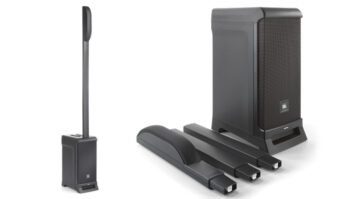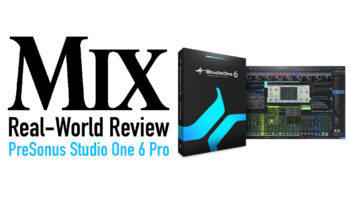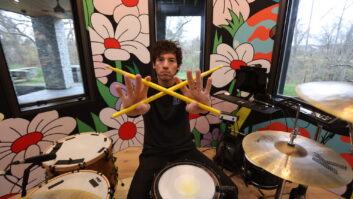
For the most part, business owners want to grow their companies, and there are several ways it can be done. You can grow your company organically, which means working within your means by taking the slow and steady route, or you might want to accelerate the process by bringing in investors. The upside to having more dollars in the bank is that the money allows you to add staff, increase inventory levels, improve systems or move to a larger facility. The downside is that you are no longer autonomous; you will have to report back to those investors. For some entrepreneurs, this arrangement works perfectly well; for others, reporting to someone else is simply not in their DNA.
Probably the quickest way to grow is through acquisition, as acquiring a company can instantly bring on technologies and new markets that might otherwise take years to develop. The first thing you want to do before you jump into acquisition mode is ask yourself, “What type of company would best integrate with what we do?”
Over the years, I acquired a number of companies and brands—the first was Tonebone. I needed a qualified engineer I could trust, and I knew the guy who had started Tonebone. In fact, he and I had originally worked together well over a dozen years before, when I was a musician. Back in the 1970s, devices like guitar amp switchers were not available and he would take my ideas and bring them to life. Now, with a good engineer, I was able to redesign the Radial JDI, making it easier and less expensive to build, which made it more competitive in the market. With Tonebone, because the brand sported a tube overdrive, we were able to attract our first endorsements with players like Steve Lukather and Eric Johnson. This put Tonebone and Radial on the map.
As we were developing more Radial and Tonebone products, we launched Primacoustic. In this case, we did not acquire Primacoustic; instead, we replaced Sonex, a brand we were importing. Sonex was moving away from the studio market, yet I could see that with the advent of the personal computer, it would not be long before that digital technology would enable home studios to deliver exceptional sonic quality. To participate in that seismic shift, I felt that studio acoustics would be a great avenue to pursue, as there were relatively few competitors at the time.
Drawing on my experience at Fender earlier in my career, I believed that trying to sell all products under a single brand was a challenge. Back then, Fender had some great P.A. gear, but it simply did not have the same appeal as Shure microphones, Soundcraft mixers, Crown Amplifiers or JBL speakers. Honda may make a good car or lawnmower, but I would not expect the company to be successful at selling guitars. The Aha Moment from that experience, then, was discovering the importance of a brand and creating a market personality—which is what we did with Primacoustic.
Supporting multiple brands requires multiple marketing budgets and, in many cases, a separate sales force, particularly if you intend to enter a new market segment. It costs more to do at the outset, but I believe the long-term rewards are worthwhile. We discovered this when we decided to sell acoustic panels to the AV installation market. Although our sales team had strong relationships in MI and pro audio, we had not yet developed inroads in the contractor market.
The next brand we acquired was Reamp. While working with Joe Satriani, Dave Cuniberti had come up with the first commercially available Reamper. Since a Reamp is basically the opposite of a direct box, I felt that if we could corner both ends of this market, this would put Radial in a strong position. What I liked most about Reamp is that it was not only a brand name, it also owned the name of the process. Think Kleenex and you will get the picture. To pull this off, I agreed to pay John a royalty for each of the products that used his process, and as part of the deal, I negotiated a first right of refusal for the brand. When John decided to retire, he called me up and we closed the deal.







